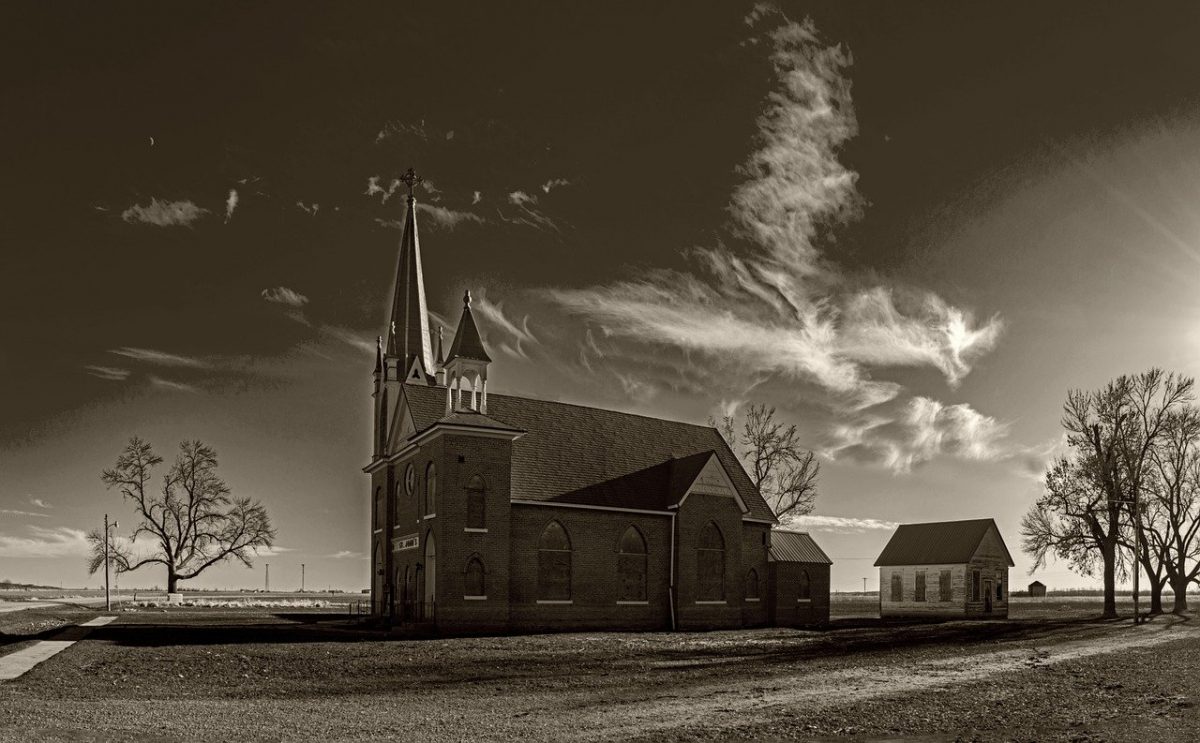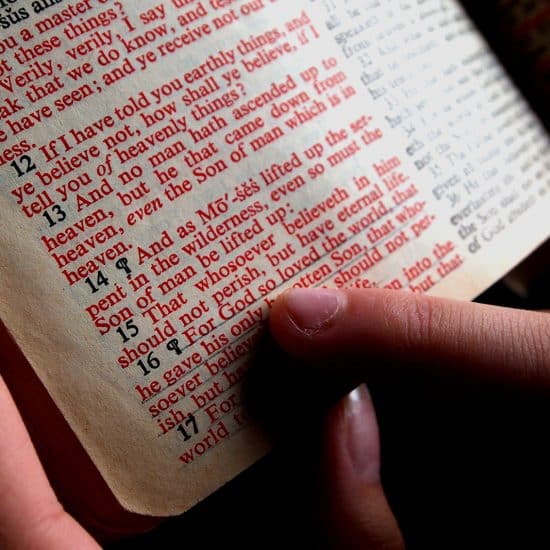

Image by Roy Harryman from Pixabay
Christianity in the U.S. is seeing a continued decline in many expressions of faith, according to a Barna Group report published March 3.
The number of practicing Christians as a percentage of the U.S. population has been in decline for most of the past decade.
After rising from 45% in 2000 to 50% in 2009, there was a sharp drop to 31% by 2012, followed by a more gradual drop to 25% over the next eight years.
Barna defines practicing Christians as people who “identify as Christian, agree strongly that faith is very important in their lives and have attended church within the past month.”
During this same period, the number of non-practicing Christians rose from 35% in 2000 to 43% in 2020, seeing a sharp increase from 2012 to 2013 before remaining largely stable.
The number of non-Christians in the U.S. has risen from 20% in 2000 to 32% in 2020, with a significant increase taking place from 2011 to 2012.
“Where did these practicing Christians go? The data indicate that their shift was evenly split,” the report said. “Half of them fell away from consistent faith engagement, essentially becoming non-practicing Christians, while the other half moved into the non-Christian segment. This shift also contributed to the growth of the atheist / agnostic / none segment, which has nearly doubled in size during this same amount of time.”
Weekly church attendance has also declined in recent decades. Attendance has ebbed and flowed since 45% of U.S. adults reported attending each week in 1993.
After declining to 37% in 1996, reported attendance rose to 48% by 2009, before beginning a steady decline over the next eight years, reaching a low of 27% in 2017.
Reported attendance rose to 33% the next year, before dropping back to 29% in 2019 and 2020.
Elders (born before 1946) are the most faithful churchgoers, with 37% attending weekly, followed by boomers (born between 1946 and 1964) at 32%, Gen-Xers (born between 1965 and 1983) at 29% and millennials (born between 1984 and 1998) at 25%.
Other indicators such as daily prayer and daily Bible reading have also seen declines, after seeing increases and high points during the 2000s.
The full report is available here.




